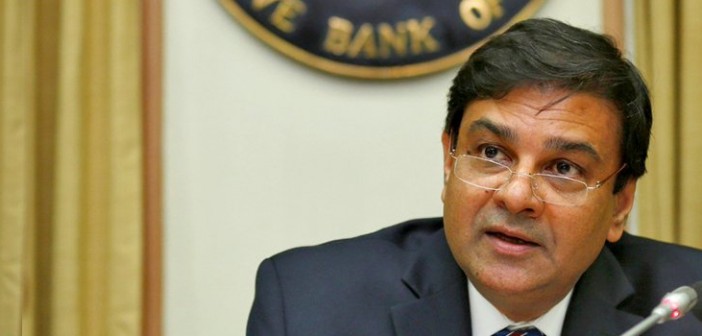The clean-up of the system as a result of demonetisation will ultimately increase the size of the Indian economy, writes India Inc. CEO Manoj Ladwa.
Reserve Bank of India (RBI) Governor Urjit Patel is known to weigh his words very carefully before speaking. So, when he says the pace of growth will pick up now that the process of remonetisation is almost complete, it is time to sit up and take notice.
Just to recap, Indian Prime Minister Narendra Modi had, on November 8 last year, announced the demonetisation of all Rs 1,000 and Rs 500 notes. In one stroke, that bold move wiped out 86 per cent of currency in circulation in India and sucked out $210 billion worth of liquidity from the system.
With money in short supply, consumption plummeted, hitting a host of sectors ranging from consumer durables, FMCG, cars and two-wheelers, jewellery to eating out and travelling. With remonetisation taking longer than anticipated, the demand slump pulled India’s growth rate from an expected 7.6 per cent to a projected 7.1 per cent for the current financial year.
The demo blow hit just as the economy was showing signs of moving into a higher growth trajectory. That was one reason why the move was severely criticised by many economists.
But I feel they missed the woods for the trees. The clean-up of the system resulting from demo will bring hitherto unreported economic activity into the formal economy and result in an increase in the size of the economy. There will be other collateral benefits as well, such as an expected rise in tax collections, a reduction in corruption and improvement in the ease of doing business.
It should suffice here to say that demonetisation did not kill the uptick in consumption that was visible in the economy late last calendar year. It only led to its deferment and turned it into latent demand. Now that money is back in circulation, the pent-up demand is expected to find expression, leading to a surge in consumption of the entire gamut of goods and services that had suffered a slowdown over the last three-and-a-half months.
Now that money is back in circulation, the pent-up demand is expected to find expression, leading to a surge in consumption of the entire gamut of goods and services that had suffered a slowdown over the last three-and-a-half months.
Two other positive factors will combine with the above trend to give a huge push to GDP growth. As has been discussed ad nauseam in every financial publication that has been written about the Indian economy, one of the factors holding back higher growth rates is the falling investment rate.
Stretched balance sheets of the Indian corporate sector and rising bad loans in the banking system have compounded this problem from both sides of the equation – potential borrowers are in no position to borrow and lenders are in no position to lend. Hence, private investment remains low, dragging down growth.
If India is still growing at more than 7 per cent – the fastest among the world’s major economies – it is because of high government spending on infrastructure such as roads and highways, railways, ports, etc.
Here, Indian Finance Minister Arun Jaitley deserves kudos for allocating $90 billion for building infrastructure in 2017-18, approx 12 per cent more than the spending for the current year. Of this, $37 billion, or more than 40 per cent, will be spent on building roads and highways, ports and inland waterways.
Empirical evidence proves conclusively that large public expenditure on logistics provides the biggest bang for the buck and spurs growth like no other measure – just look at historical examples from the US, Europe, China and closer home, at Atal Bihari Vajpayee’s ambitious highway development programme that set off the 2004-2011 boom.
The average annual spend on infrastructure for the five best years starting 2007 was $95 billion – including both public and private investment. And since infrastructure spending boosts more than 250 upstream and downstream sectors, a boom in this sector lifts all boats and boosts GDP growth. Look at the growth rates during that period – it was well over 8 per cent and in some years almost nudged the 9 per cent mark.
Now look at the figure Jaitley has allocated for infrastructure. It is only $5 billion less than the average of those heady boom years almost a decade ago. Even after factoring in inflation over this period, this deficit will almost certainly be plugged with private investment –– despite the problems plaguing the private and banking sectors.
The World Bank, IMF, the big global I-banks and even the government of India are predicting that India will grow at 7.0-7.6 per cent in 2017-18.
I normally avoid gazing too much at crystal balls, but let me make an exception here. Combining Patel’s statement and Jaitley’s budgetary largesse, I feel growth in the coming financial year will cross 8 per cent – comfortably.
That’s the level at which India will begin to generate the millions of jobs sought by the army of youngsters who are entering the work force every year and kick off the virtuous cycle of growth, jobs, demand and consumption leading to even higher growth.
To paraphrase Bob Dylan: ‘cause good times they are a-comin’ – subject, of course, to one caveat – the rain gods should shower their choicest blessings on Indian farmers this year as well.







